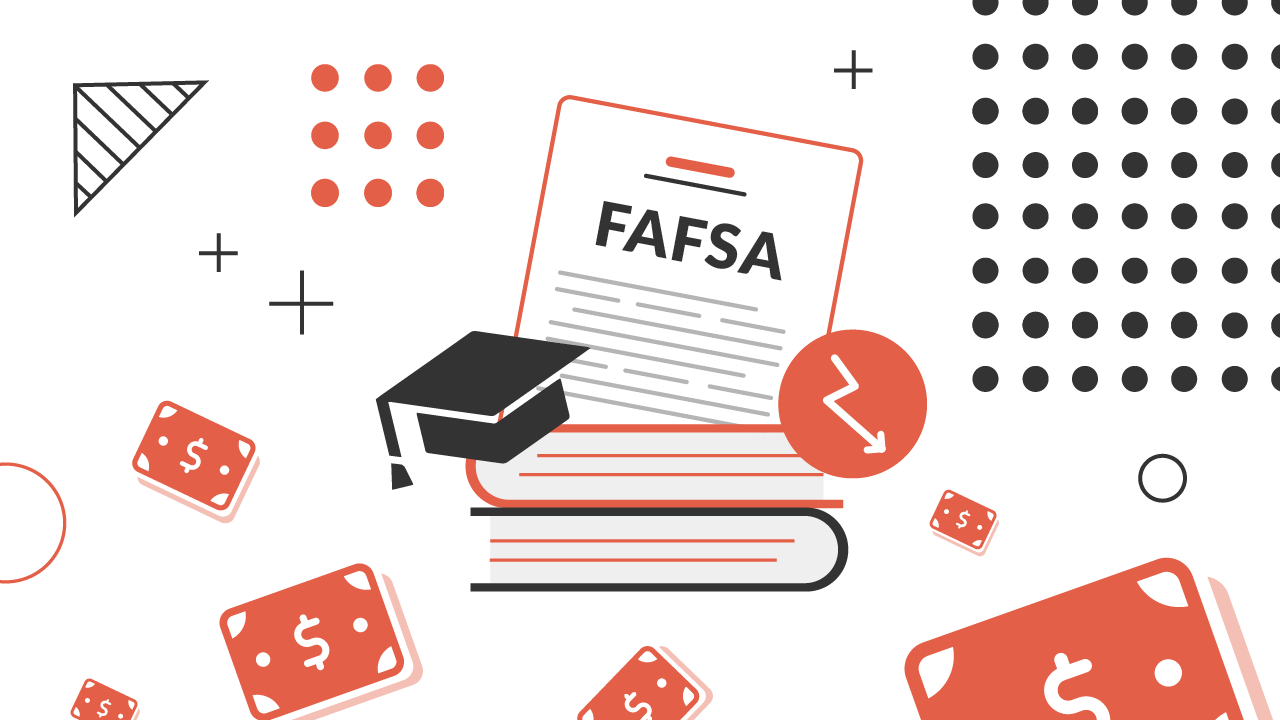How Do You Calculate The Value Of Your Assets For FAFSA?
This question is about how to fill out the FAFSA.
Every year, families fill out the Free Application for Federal Student Aid (FAFSA) to determine eligibility for need-based financial aid. A key part of that process is reporting the current net worth of family assets, which includes bank accounts, investments, small businesses, and family farms.
The date that matters for calculating the value is the day the FAFSA is submitted. If you’re filling out the FAFSA on October 10, for example, you must report the balances and values of assets as they appear on that exact date. FAFSA does not use prior year values or allow for estimates.
Assets only need to be reported if your adjusted gross income (AGI) is $60,000 or more, or if you meet certain other criteria that require full asset reporting. It’s important to get this right, as it directly affects how much aid your student might receive.
Would you like to save this?
What Counts And What Doesn’t Count
FAFSA separates assets into those that must be reported and those that should not be included:
Assets you must report include:
- The current balance of cash, checking, and savings accounts.
- The net worth of investments such as stocks, bonds, mutual funds, money market accounts, CDs, real estate (excluding your primary home), and college savings accounts for the student applicant.
- The net worth of a business or farm, including buildings, inventory, machinery, equipment, and land.
Assets you do not report include:
- Your primary residence.
- Retirement accounts like 401(k)s, IRAs, annuities, and pensions.
- Life insurance policies.
- UGMA/UTMA accounts if the student is not the owner.
- 529 plans for other children not applying for aid.
It’s crucial to separate your primary home from rental properties or other real estate investments. For example, if you rent out part of your home to a tenant with a separate entrance and bathroom, that portion counts as an investment property.
How To Calculate The Net Worth For FAFSA
To report an asset’s net worth, subtract any debts secured by the asset from its current market value. For bank accounts and stock portfolios, this is straightforward: report the balance or total value on the date you file FAFSA.
If you use an online budgeting tool to track your net worth, this can be really easy. For example, Monarch aggregates everything into one spot.

For small businesses and family farms, the calculation is more involved. You must report:
- The fair market value of the business or farm, including real estate, inventory, and equipment.
- Minus any business or farm debt, only if it is secured by the business or farm itself. If the debt is secured by another asset, such as a home equity loan, it does not reduce the business or farm value.
If your family farm is worth $500,000 and has $200,000 in secured equipment loans, your reported net worth is $300,000. If that $200,000 loan is secured by your home, not the farm, the reported value remains $500,000.
Valuation can be complex, and some families may benefit from using a professional appraiser or accountant. Still, the goal is to give an accurate, supportable estimate of what the business or farm could be sold for today, minus eligible debts.
What Families Should Know
The FAFSA isn’t designed to capture every financial detail, but it does use reported asset net worth to estimate how much a family can afford to contribute to college. A higher net worth can reduce eligibility for need-based aid. That’s why getting the numbers right matters.
It’s also important to note that it doesn’t take into account any consumer debts – just assets. You don’t report your credit card balances, car loans, or student loans.
Families should:
- Log into bank and investment accounts on the day of FAFSA submission to get accurate balances.
- Use property records or third-party sites like Zillow to estimate real estate value.
- Check with business accountants or review balance sheets to calculate business or farm value.
- Be cautious not to include retirement or primary home assets.
While the FAFSA rules may seem rigid, they are standardized to give colleges a consistent framework. Understanding what to include, what to leave out, and how to calculate net worth can make a meaningful difference in the aid offered.
Families unsure about how to calculate asset value can consult a college financial aid officer or use tools from nonprofit organizations or state agencies. Some families may also consider adjusting the timing of their FAFSA filing to reflect lower asset values if possible. Since timing matters, FAFSA hacks can help you increase your chances for aid.
Getting the asset section of the FAFSA right helps ensure the financial aid package reflects your real financial picture and helps avoid surprises later on.
Related Articles
10 Best Private Student Loan Lenders For College
College Admissions Secrets For Parents
Best No-Cosigner Private Student Loans
Editor: Colin Graves
The post How Do You Calculate Current Net Worth Of Assets For FAFSA appeared first on The College Investor.






0 Comments